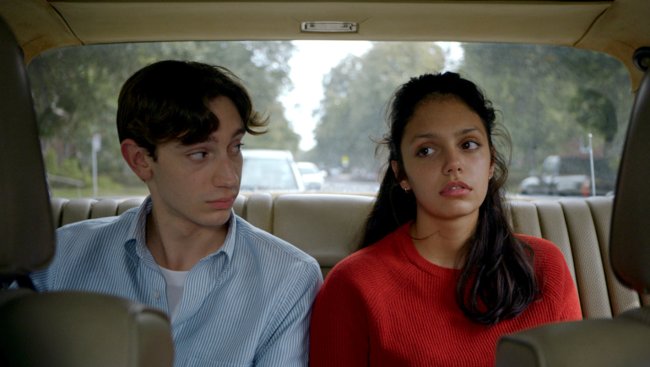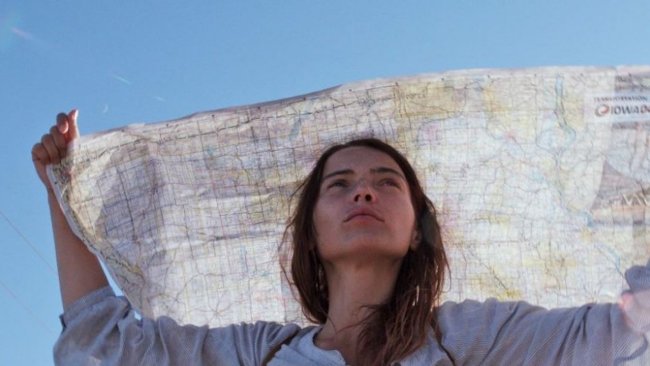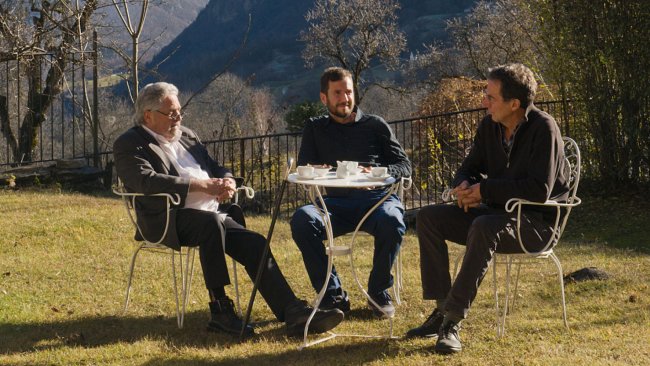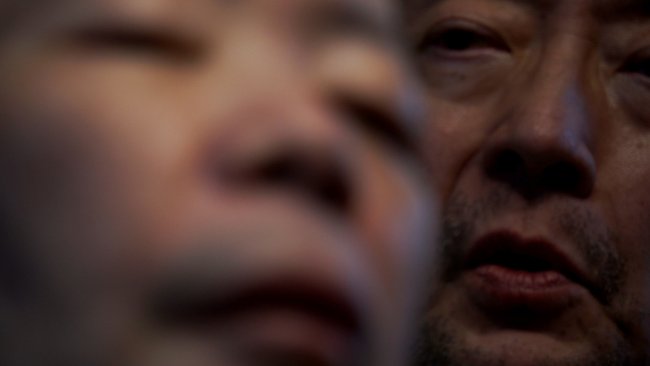Eastern Avenue | Peter Mettler
[…] The images do not illustrate or convey ideas or meanings that would be organized previously in a discourse, rather, Mettler’s filmic language shows the uprising of ideas and meanings, where every impression comes as a surprise.
[…] The surface of things is the proper matter of intuition, insofar as intuition is not an answer to pre-existing questions concerning functions and frames, but it is a creative source for (new) functions and (reinterpretation of) frames.
[…] Peter Mettler’s journey gathers poetic visions, lyrical impressions, and the banality of mere things in a highly constructed editing that never wants to become a discourse, but respects the creative rules of freedom and intuition, as is the case for the free jazz that in exactly those years went through its mature development.
Text: Giuseppe Di Salvatore
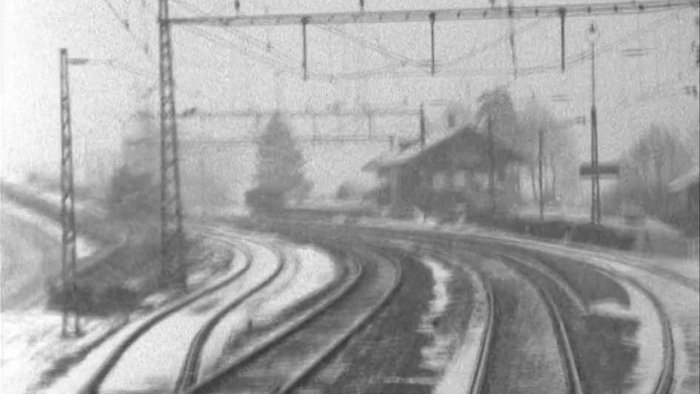
In 1983 Peter Mettler returned to Switzerland. His journey had nothing to do with a backward-looking gaze toward his partial roots in Switzerland, nor did it have anything to do with an objective search for the specificity of a place – for its genius loci. Mettler’s journey was an explorative one, going forward toward the unknown; a journey following the impressions of the moment, apparently without a plan or predetermined structure. “Impulsion” and “intuition” are the only two guiding lights in what we can call its “filmic psychogeography”.
«In the spring of 1983 I took a trip into my intuition through Switzerland, Berlin and Portugal. The following images are for the most part impulsive intuitive reactions to the people and place I saw. They are cut together in chronological order with the same impulsive approach, as is also the sound». These words constitute the first image of the film and almost the only discourse in the entire film with two particular exceptions: the words we can read on the Berlin wall and the words “Eastern Avenue” on a signpost appearing at the very end of the film. The latter give a hazardous name to the film and the Berlin section, mostly concerning the wall, constitutes the only part of the film in which we can recognize a discursive form where Mettler seems to intend for something to be told to us; something about the political and historical situation; something that is publicly meaningful. This particular section concerning Berlin seems to be an exception, whereas the rest of the film is radically far from any discursive intention. The images do not illustrate or convey ideas or meanings that would be organized previously in a discourse, rather, Mettler’s filmic language shows the uprising of ideas and meanings, where every impression comes as a surprise.
This character of the emergence of the image constitutes the specificity of Eastern Avenue and its peculiar force. Mettler recurs to a camera that constantly moves, which is a daring choice for him. This choice expresses not only the continual presence of the subjective point of view, but it also gives to us the particular sensation of being in delay with reality. It is as if the reality would always anticipate our gazing at it. That is why the subjective presence goes together with the reality as emergent. This important aspect of the film is confirmed by the way in which Mettler deals with the frequent close-ups of faces. The faces are initially shown in unmoving images, but we then see them approaching very often. Urban and natural landscapes, details of objects, portraits of people are all treated equally through a gaze that constantly moves.
The element of movement is always bound to a persistent attention to the structure of the image, to its architecture, and to architecture in general. We could use the Deleuzian architectural categories of “function”, “frame” and “surface”, and say that in Eastern Avenue functions and frames of architecture in its images are reduced to the surface aspect. The surface of things is the proper matter of intuition, insofar as intuition is not an answer to pre-existing questions concerning functions and frames, but it is a creative source for (new) functions and (reinterpretation of) frames.
Now, this impression of being in front of the surface of things and their creative power is strengthened by the presence of a parallel and almost always unsynchronized sound-world (and it is not surprising that one of the few scenes in which we recognize a meaningful synchronization of sound and image is precisely in the “exceptional” section about the Berlin wall…). Chamber music, choral music, electronic music, noises, percussive rhythms, voices of children: the sound mix (for which Judy Dryland is equally responsible) is quite heterogeneous and it builds a strong, partially autonomous world, which creates a nice counterpoint with the images. Exactly like in Fred Frith’s performances – which are also part of the sound track of Eastern Avenue – sounds and images share the same fascinating balance between the aleatoric and constructed aspects. Peter Mettler’s journey gathers poetic visions, lyrical impressions, and the banality of mere things in a highly constructed editing that never wants to become a discourse, but respects the creative rules of freedom and intuition, as is the case for the free jazz that in exactly those years went through its mature development.
Through this almost philosophical reflection, I want to highlight this early work by Peter Mettler as being exemplary for the non-discursive and experimental matrix of his filmmaking. In the context of the retrospective on his works proposed by the Cinémathèque suisse in Lausanne (which also announced that it will be involved in the deposit of Peter Mettler’s archive), we can rediscover an author who is committed to a politically loaded discourse, or to existential and social reflections. But my choice of Eastern Avenue is deliberately meant to stress the specific force of its aesthetics and its formal passion for filmic matter. Images and sounds, their power of emergence, the anticipation of reality they can express, the free and jazzy pleasure of their composition: these, independently of any previously conceived discourse or system of meanings, make up the ingredients of the highly inspiring filmic language of the Swiss-Canadian filmmaker. It is here that we find the proper source of Mettler’s spirituality, and not as much in its explicit textual expression, which in other films such as The End of Time sounds less convincing. Here, in its aesthetics, our contemporary text-based cinema still has much to learn.
This article contains a third-party video. If you would like to watch the video, please adjust your settings.
Info
Eastern Avenue | Film | Peter Mettler | CAN 1985 | 55’ | Visions du Réel 2020
First published: December 08, 2016
